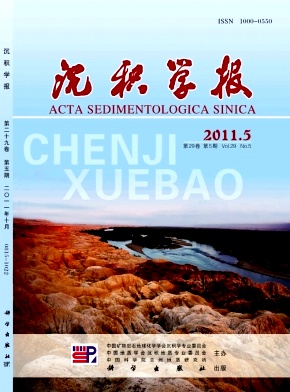基于分形理论的1915—2000年渭河泾河口—潼关段河道演变研究
- Received Date: 1900-01-01
- Rev Recd Date: 1900-01-01
- Publish Date: 2011-10-10
-
Key words:
- the low reach of Wei River
Abstract: Jing River estuaryTongguan is the most unstable section of Wei River.The bend developed sharply and disappeared rapidly,and river course changed frequently as well.The processing of the morphological changing was reconstructed based on both kinds of terrain materials during 19152000A.D. and the modulation in the error of surveying and mapping on roc map.The trend was described by fractal dimension (D), the rang of index D changing is \[1.0432, 1.0774\]. Relatively,under the natural environment, the shape of Wei River(Jing River estuaryTongguan) is a dynamic equilibrium during the 43 years(19151958), the D displayed balance.Wei River is the biggest tributaries.
It has the ability to adjust the shape itself. The D went up high sharply during 19692000A.D.Although many corners of Jing River estuaryTongguan have disappeared, the shape of Weihe downstream has became complicated consistently. However, in the last 50a, unreasonable human activity, such as Sanmenxia project, building dam and flood plain reclamation, leading to the retrogressive deposition and restricting the moveable space of Wei River, growing of D rapidly in this period. The changing of D displayed the low reach of Wei River lost the function of adjusting morphology since 1960s.According to the historical records, there was a morphological changing during 1860s, the low reach trend to more curved, maybe during the 1860s1960s the rang of D is larger than the decades after 1960s.With the method of Fractal Geometry (Benoit Mandelbrod put forward in 1975,the morphology between the mix form and the regulate form),this research precisely shows the development of river style in the process of describing changing in the river on the plaint,it also suitable for the processing of the message which contains river morphology in terrain with a abundance of source.






 DownLoad:
DownLoad: